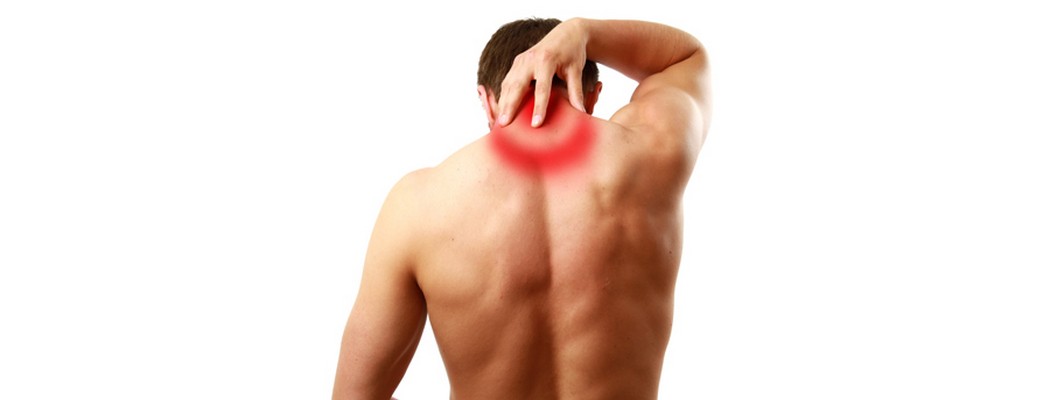Neck pain is a common complaint that brings individuals to physical therapy.
The neck can be more susceptible to injury because it is less protected than the rest of the spine.
Many patients with neck pain feel their head is too heavy if their muscles are not strong enough to support the weight of the spine.
At Globerman PT, we can help with neck pain through a comprehensive evaluation process. This involves looking at muscle strength, range of motion, coordination, balance, and neurological testing. From there, we provide you with a plan of exercises and procedures to reduce pain and improve your strengths and abilities.
Stretching and cervical stabilization exercises are essential to reduce neck pain. This involves strengthening the deep neck flexors and and scapular muscles to stabilize the spine. At Globerman PT, we provide customized stabilization exercises based on your strengths and weaknesses found during the evaluation. We also give upper body strengthening and coordination exercises to improve the way you move.
With a long history of treating patients with chronic pain, Globerman PT has had success when other therapies have failed.
Mechanical traction can be used to decompress the spine caused by a herniated disc, spinal stenosis or arthritis. Low-level laser, ultrasound and electric stimulation can reduce pain associated with muscle spasms.
Kinesiotaping can help reduce pain be relaxing muscles and reducing swelling.
Our therapists have over 30 years of combined experience using hands-on techniques to improve spinal mobility, decrease muscle spasm and improve awareness of posture.
Self help tips for neck pain:
Use ice or heat: For acute injuries ice is the preferred choice. If it has been more than 48 hours, use what gives you relief.
Use a soft collar for short term relief of acute injuries. Be careful not to rely on the collar or your muscles will weaken over time.
Avoid sitting up in bed or twisting positions. Limit sitting for long periods of time, such as working on the computer.
Lay on your back or side with a soft pillow and a small towel roll under your neck.
Try relaxation techniques: deep breathing, relaxation music
Links:
upper back and neck issues
upper back and neck FAQs
videos







